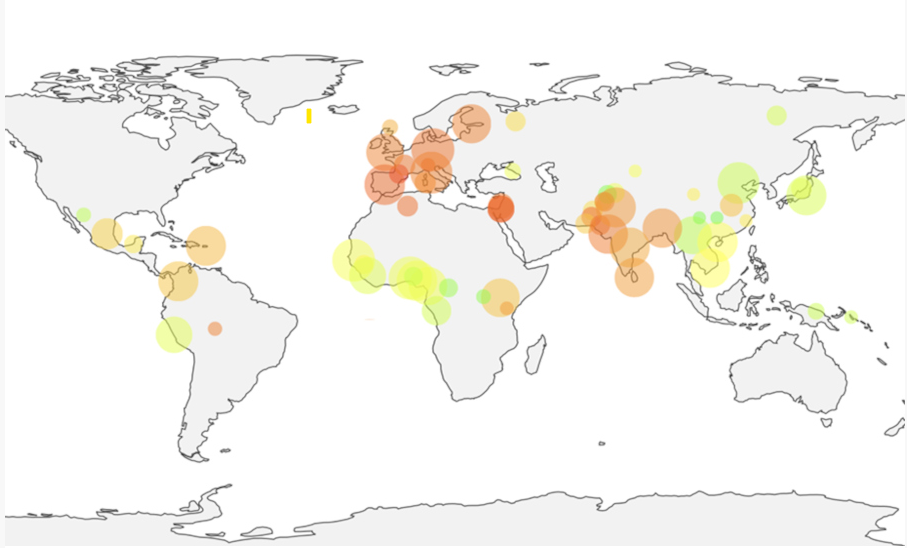The research team in Human Genetics at the University of Lleida (UdL) and the Institute for Research in Biomedicine of Lleida (IRBLleida) has developed a bioinformatics tool for estimating the genetic risk of suffering common diseases such as diabetes, heart attacks or cancer in a certain population. The PRScomp web service, aimed at epidemiologists and health professionals, is part of the Pyrenees Genetics project (GenPIR), funded by the Lleida Provincial Council. The details of the new tool, designed to support decision-making in prevention and public health policies, have been published in the International Journal of Medical Informatics.
PRScomp incorporates information on more than 10,000 features including neurodegenerative, cardiovascular, infectious and different types of cancer, as well as different measurements, for example cholesterol or glucose levels. This easy-to-use platform allows the analysis of the user's population, visualizes the prediction of genetic risk -also known as polygenic risk score (PRS) and compares it with the calculated risks for 75 human populations.
PRS is a statistical calculation based on the presence or absence of multiple common genomic variants associated with a disease (genetic risk factors), regardless of environmental or other factors, which uses the data obtained in genome-wide association studies (GWAS). "Using genetic data of the population of interest, the user can identify those diseases or traits for which their population is at greatest risk, and thus implement the preventive or follow-up measures deemed appropriate", highlights the professor of Genetics of the Faculty of Medicine and researcher at the UdL and IRBLleida, Joan Fibla, who has led the project.
The calculation of a PRS for an individual's specific disease can be considered as a personalized medicine, as it indicates the genetic risk of devioluting it and gives the opportunity to recommend changes in lifestyle, medical supervision and preventive actions when necessary. PRScomp can offer this type of information at the population level. "Generate prevention policies from a regional level, adapting them to the singularities of each population, overcomes the limitations of global planning and allows an approach to personalized medicine at a lower cost," adds the lecturer in Genetics at the Faculty of Medicine and researcher at the UdL and the IRBLleida, Marina Laplana, co-author of the study, adds.
The web application is free access and has implemented a bioinformatic algorithm managed through options windows that simplify the entire analysis process, making this type of study available to non-expert personnel in computational biology. In the design of the computer application has participated the Lleida company Globalia (Gestión Empresarial Globalia Multiservicios, SL).
Text: UdL press

Estimation of the distribution of genetic risk for goitre / Graph: PRScomp